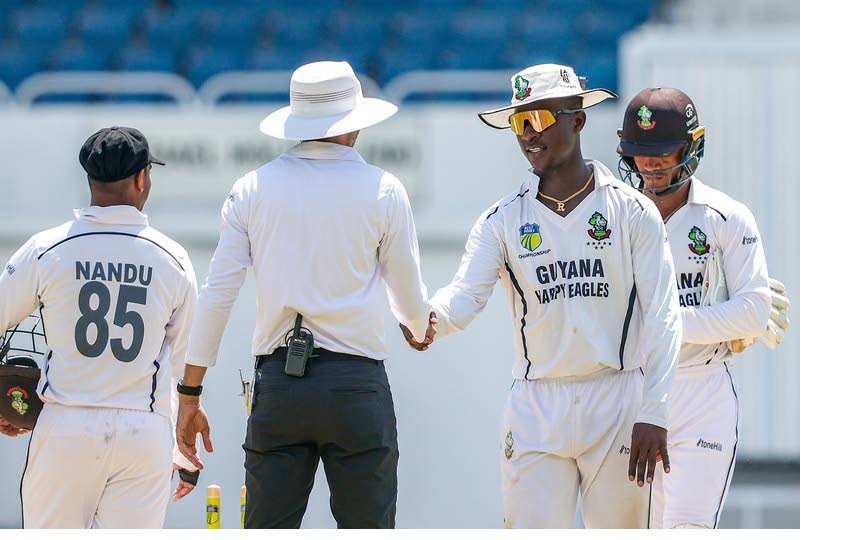An Examination of Fairness and Sportsmanship in Cricket
Cricket, traditionally hailed as the gentleman’s game, was built on a foundation of sportsmanship and integrity. One of the most significant aspects of this was the umpire’s central role in decision-making. Whether a batsman was caught behind off a feather-light edge or adjudged leg before wicket (LBW), the umpire’s judgment was final. This reliance on the umpire’s perception, often in situations with extremely fine margins, contributed significantly to the game’s ethical framework. The spirit of the game dictated that players accepted the umpire’s verdict, even if it seemed unfavorable. This fostered respect for authority and contributed to the overall decorum that characterized cricket.
The advent of technology and the introduction of the Decision Review System (DRS) have fundamentally altered the dynamics of decision-making in cricket. Now, if either the batsman or the fielding captain disagrees with the on-field umpire’s decision, they can appeal to the third umpire using technology. The third umpire, aided by multiple camera angles and sophisticated analytical tools, assesses the evidence and delivers a final verdict. While DRS has undoubtedly improved the accuracy of decisions, reducing the impact of human error, it has also inadvertently eroded the umpire’s absolute authority and perhaps even the spirit of accepting the umpire’s judgment. The emphasis has shifted towards a quest for absolute accuracy, even if it means challenging the on-field umpire’s interpretation of events.
In earlier times, the concept of “walking” – a batsman voluntarily leaving the crease after edging a ball, even if the umpire hadn’t given him out – was a common practice. This gesture, signifying self-awareness and ethical conduct, was highly regarded within the cricketing community. Legendary players like Sir Garfield Sobers, Rohan Kanhai, and Conrad Hunte exemplified this sportsmanship, their actions emphasizing the importance of honesty over personal gain. This reflected a moral compass where upholding the spirit of the game was paramount, even if it meant sacrificing personal milestones or the team’s immediate interests. Their voluntary departures served as a powerful testament to the values that underpinned the “gentleman’s game.”
However, not all players subscribed to the philosophy of “walking.” Some, particularly Australian cricketers, firmly believed that it was the umpire’s sole responsibility to make decisions. They argued that questioning or preempting the umpire’s judgment undermined their authority and challenged the established framework of the game. This divergence in approaches highlighted the different interpretations of sportsmanship and the importance of respecting the umpire’s role as the ultimate arbiter. The English umpires, in contrast, were known to be less forgiving of batsmen who consistently challenged close calls, often demonstrating a stricter adherence to the rules. This underscores the variations in officiating styles and the influence of cultural context on the interpretation of cricketing laws.
The introduction of ball tampering has further tarnished the image of cricket. Bowlers have experimented with various techniques, from using fingernails to foreign objects, to alter the condition of the ball and gain an unfair advantage. While laws have been implemented to curb this practice, it persists, sullying the integrity of the game. Recent incidents involving West Indian players, particularly from Guyana, have highlighted the pervasive nature of ball tampering and the lenient penalties imposed on offenders. The acceptance of such dishonest practices not only diminishes the credibility of the game but also corrodes the values of fair play and sportsmanship that are essential for the long-term health of the sport.
The erosion of traditional values and the increasing prevalence of unsporting behavior raise concerns about the future of cricket. The focus on winning at all costs, even if it means resorting to unethical tactics, threatens the essence of the “gentleman’s game.” While technological advancements like DRS have undoubtedly improved the accuracy of decisions, they have also inadvertently contributed to the erosion of the umpire’s authority and the spirit of accepting their judgment. The acceptance of ball tampering and the light penalties imposed on offenders further underscore the need for stronger measures to uphold the integrity of the game. It is crucial for cricketing authorities and players alike to reaffirm their commitment to fair play and sportsmanship, ensuring that the game retains its ethical foundation and remains a true reflection of the values it has historically represented.
Share this content:












Post Comment